Identifying Cultured Pearls: A Brief Overview for Buyers

Pearls are one of the most luxurious gems in the world, and their unique luster and shine have captivated people for centuries. However, there needs to be more clarity about what constitutes a natural pearl and whether cultured pearls are genuine or not.
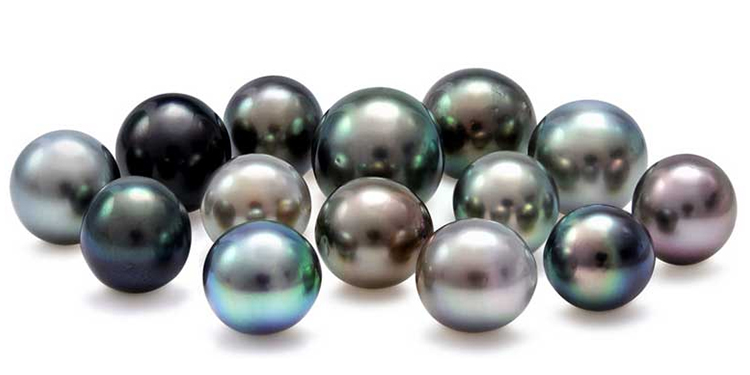
Cultured pearls are naturally formed through human intervention, resulting in pearls with comparable physical and chemical properties to those formed naturally.
This guide will explore cultured pearls, their types and advantages, and key differentiators from natural pearls.
What are cultured pearls?
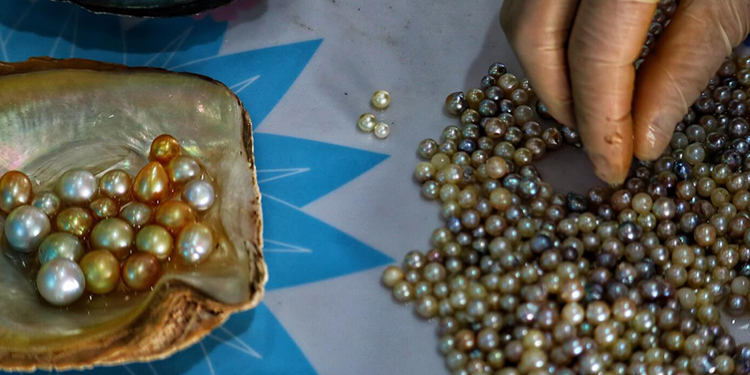
Cultured pearls are pearls grown intentionally in a controlled environment by introducing an irritant, such as a bead or tissue, into the mollusk.
How are cultured pearls formed?
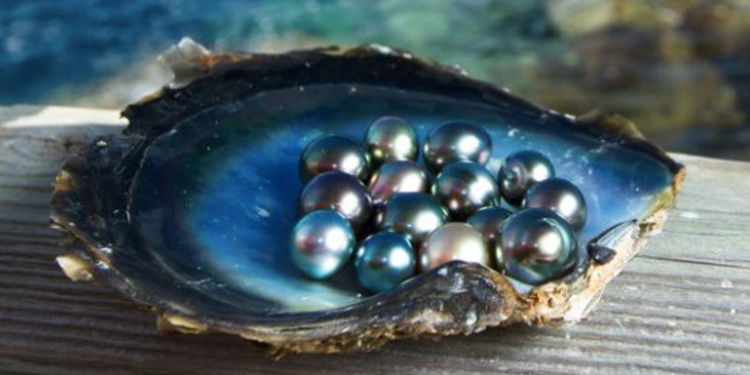
Cultured pearls are created with human interference but follow the same process as natural pearls. In the case of cultured pearls, pearl farmers introduce a small bead made of tissue from a donor oyster, serving as a nucleus, into the soft tissue of the host oyster or mussel, along with a small piece of mantle tissue. The organism then secretes nacre around the irritant as a protective measure.
The host oyster or mussel is returned to the water to allow the pearl to form. Pearl farmers monitor the oysters or mussels to ensure they are healthy and the pearls are developing correctly. Once the pearls have grown to the desired size, they are harvested, cleaned, and sorted based on quality, shape, and size.
Are cultured pearls considered real pearls?
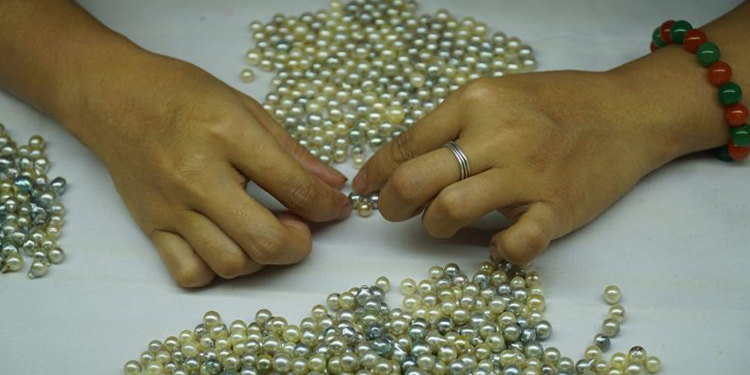
Yes, cultured pearls are considered real pearls. While humans initiate the process, the resulting pearl is made of the same material as natural pearls: nacre or mother-of-pearl. Most pearls on the market today are cultured pearls.
How can one distinguish between cultured pearls and natural pearls?
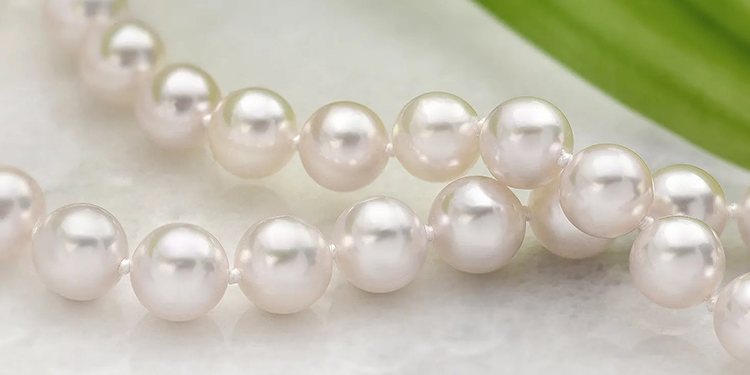
Several parameters help differentiate one from the other.
Origin
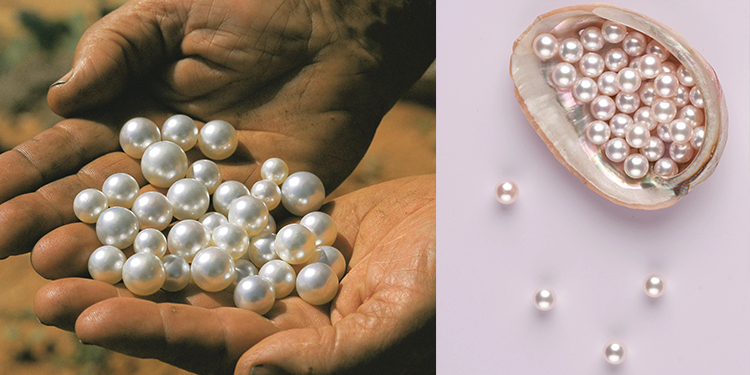
Natural pearls occur spontaneously in oysters or other mollusks in the wild, whereas cultured pearls result from human intervention.
Appearance
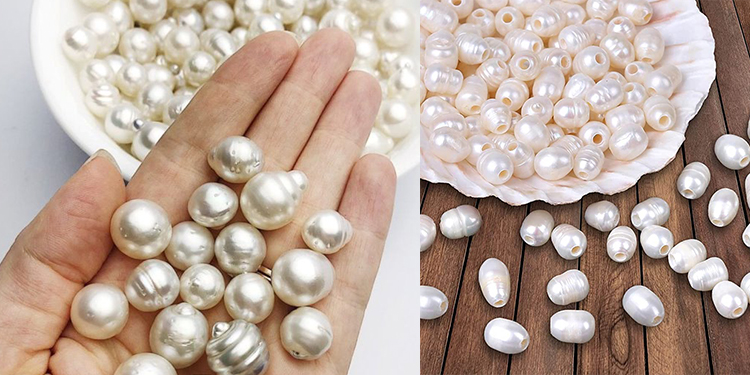
Natural pearls are more irregular, while cultured pearls are more spherical and uniform. The surface of a natural pearl is often characterized by small imperfections and variations in color, while cultured pearls have a more uniform surface.
Lustre
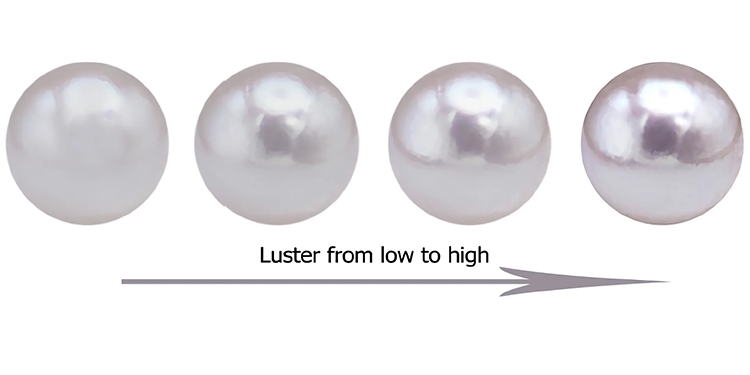
Natural pearls are usually rich and warm cream with hints of yellow or champagne undertones. Their luster is more profound yet understated than that of cultured pearls with a high-gloss shine.
Value and price

Natural pearls are rarer than cultured pearls, and their value is determined by their rarity, size, shape, luster, and color. The price starts from $65 and goes up to $5,000. Cultured pearls are more readily available and less expensive than natural pearls. It may vary from $75 - $3,000.
Laboratory analysis
An X-ray reveals the internal structure of the pearl. Natural pearls often show growth lines as concentric layers of nacre build up around the nucleus. Cultured pearls, on the other hand, have a perfectly rounded nucleus surrounded by a halo of conchiolin and a thin outer layer.
Read More: From Natural to Cultured- A Guide to Different Pearl Types and Values
What are the benefits of cultured pearls?
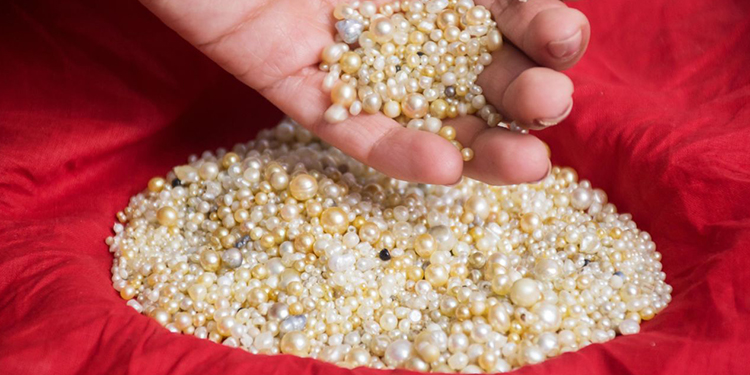
Cultured pearls have several advantages over natural pearls.
They are more accessible and affordable as natural pearls are rare and expensive. Cultured pearls also offer a wide range of shapes, sizes, and colors, making them more versatile for use in jewelry.
Cultured pearls have uniformity in size, shape, and color, which is not the case with natural pearls. The uniformity of cultured pearls gives buyers confidence in their purchase, knowing that each pearl in the set is of similar quality.
Mass production. As they can be grown in large quantities, they are produced at a lower cost than natural pearls, which are harvested one at a time from oysters in the wild.
Types of cultured pearls
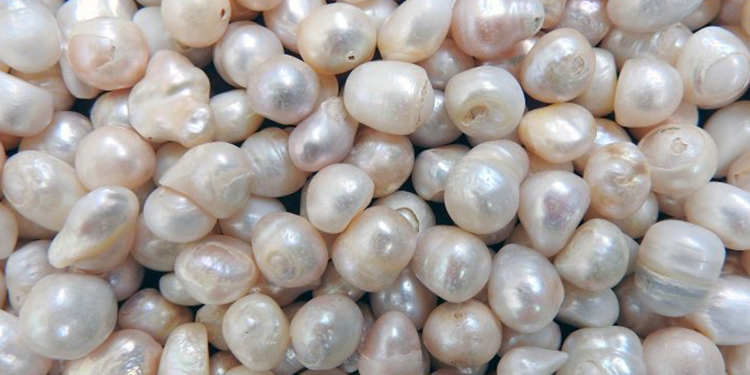
There are two major types of cultured pearls: freshwater cultured pearls and saltwater cultured pearls.
Freshwater Cultured Pearls
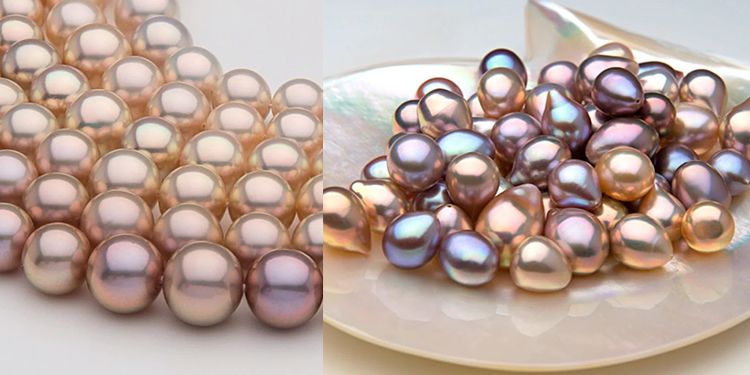
Growing conditions: Freshwater pearls are grown in mussels that live in freshwater lakes and rivers in China. A single mussel can produce several pearls at once.
Appearance: Freshwater pearls come in various shapes, sizes, and colors, including white, pink, lavender, and peach. They are often irregularly shaped, with a textured surface.
Price: Freshwater pearls are generally more affordable than saltwater pearls, making them a popular choice for those on a budget.
Varieties: Some freshwater pearls include Biwa pearls, which are grown in Lake Biwa in Japan and are known for their irregular shapes and colors, and Keshi pearls, which are tiny, irregularly shaped pearls that form as a byproduct of the pearl culturing process.
Saltwater Cultured Pearls
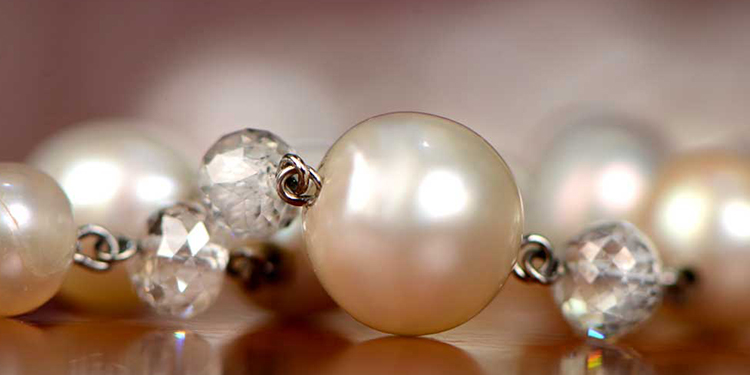
Growing conditions: Saltwater pearls are grown in oysters that live in saltwater oceans and seas. The oysters are often raised on farms to ensure consistent growing conditions.
Appearance: Saltwater pearls are known for their luster and shine. They come in various colors, including white, cream, pink, silver, and black, and are round or near-round in shape.
Price: Saltwater pearls are generally more expensive than freshwater pearls due to their luster and roundness, which buyers value highly.
Varieties: Some varieties of saltwater pearls include Akoya pearls, grown in Japan and are known for their high sheen and round shape; South Sea pearls, grown in Australia, Indonesia, and the Philippines and are known for their large size and golden hues, and Tahitian pearls, grown in French Polynesia and are known for their dark colors and exotic appearance.
Are cultured pearls worth buying?
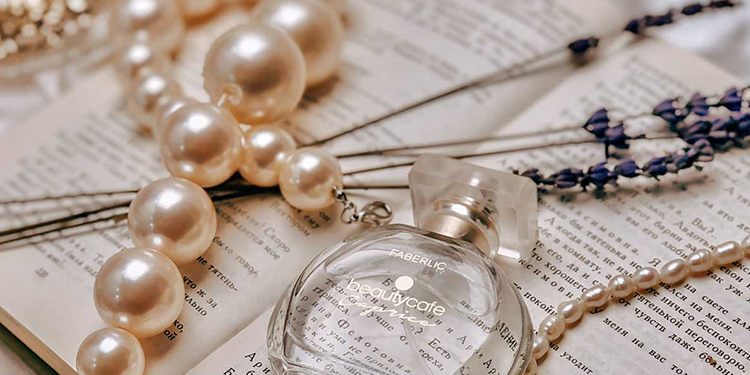
The extensive harvesting of natural pearls has led to their rarity and limited availability in jewelry stores. While natural pearls are often priced based on their rarity, they tend to be small and singular, which makes cultured pearls a more accessible and versatile option for jewelry. In cultured pearls, South Sea Pearls are considered the most valuable worldwide due to their high demand and distinctive features.
Ready To Learn More? Visit:
Cultured Pearls vs. Real Pearls
The Ultimate Pearl Necklace Buying Guide: Everything You Need to Consider
Natural Pearls VS Cultured Pearls: Benefits & Differences


Leave a Comment